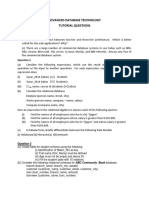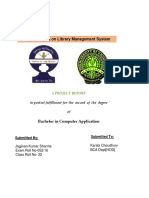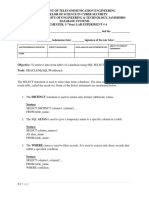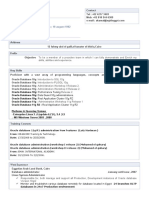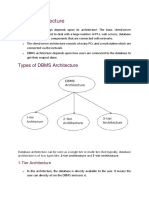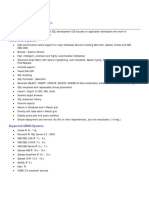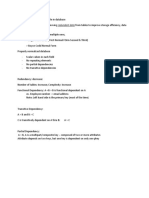0% found this document useful (0 votes)
6 views3 pagesAssignment 4 - DB
The document outlines an assignment for a Database System course, focusing on designing a library database and addressing various scenarios related to database management. It includes tasks such as identifying anomalies, normalizing tables, creating an ERD, optimizing search indices, and understanding transaction properties in an online bookstore context. The assignment requires students to demonstrate their reasoning and steps in addressing these database-related questions.
Uploaded by
riazhaikal44Copyright
© © All Rights Reserved
We take content rights seriously. If you suspect this is your content, claim it here.
Available Formats
Download as DOCX, PDF, TXT or read online on Scribd
0% found this document useful (0 votes)
6 views3 pagesAssignment 4 - DB
The document outlines an assignment for a Database System course, focusing on designing a library database and addressing various scenarios related to database management. It includes tasks such as identifying anomalies, normalizing tables, creating an ERD, optimizing search indices, and understanding transaction properties in an online bookstore context. The assignment requires students to demonstrate their reasoning and steps in addressing these database-related questions.
Uploaded by
riazhaikal44Copyright
© © All Rights Reserved
We take content rights seriously. If you suspect this is your content, claim it here.
Available Formats
Download as DOCX, PDF, TXT or read online on Scribd
/ 3

































